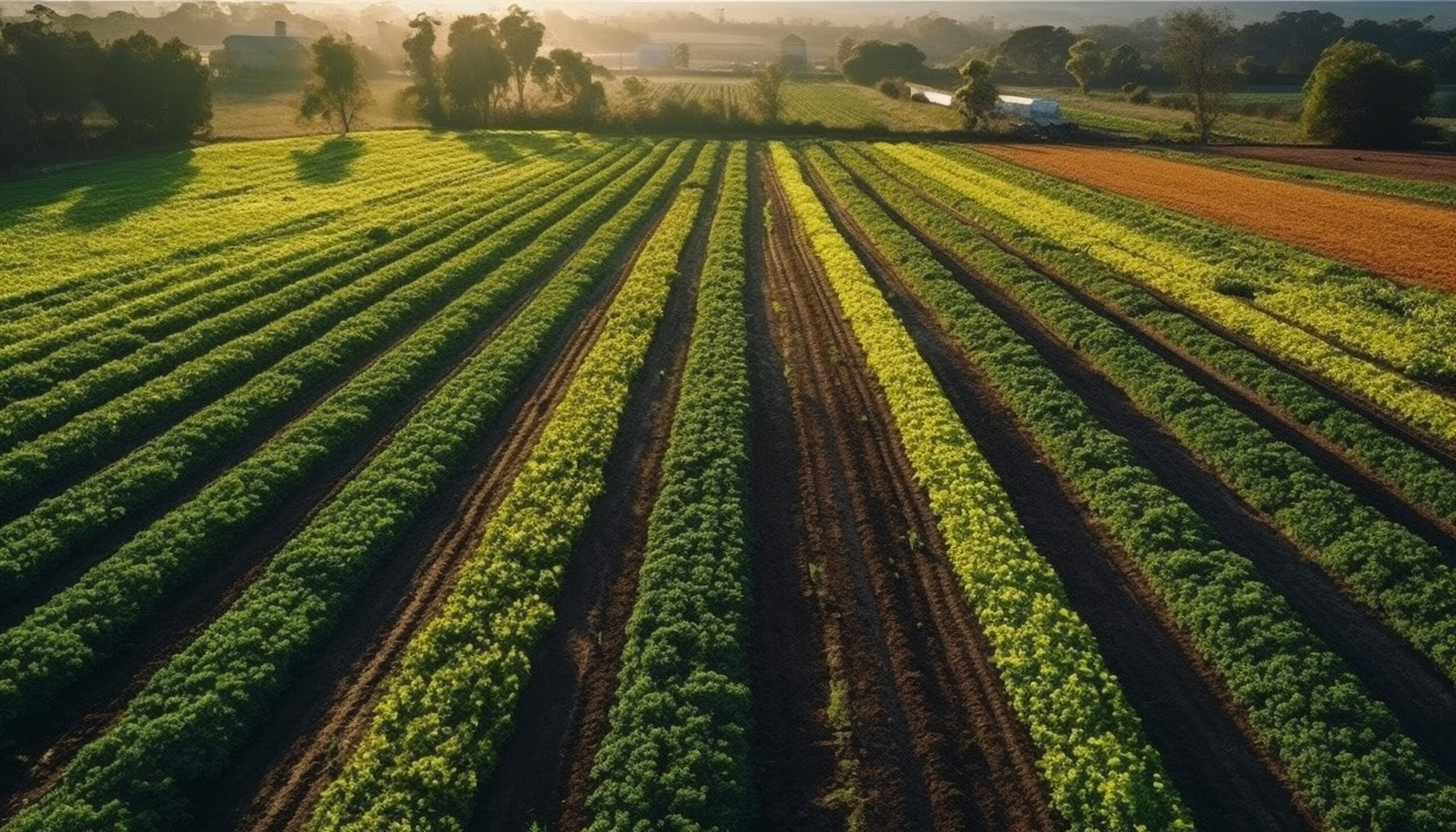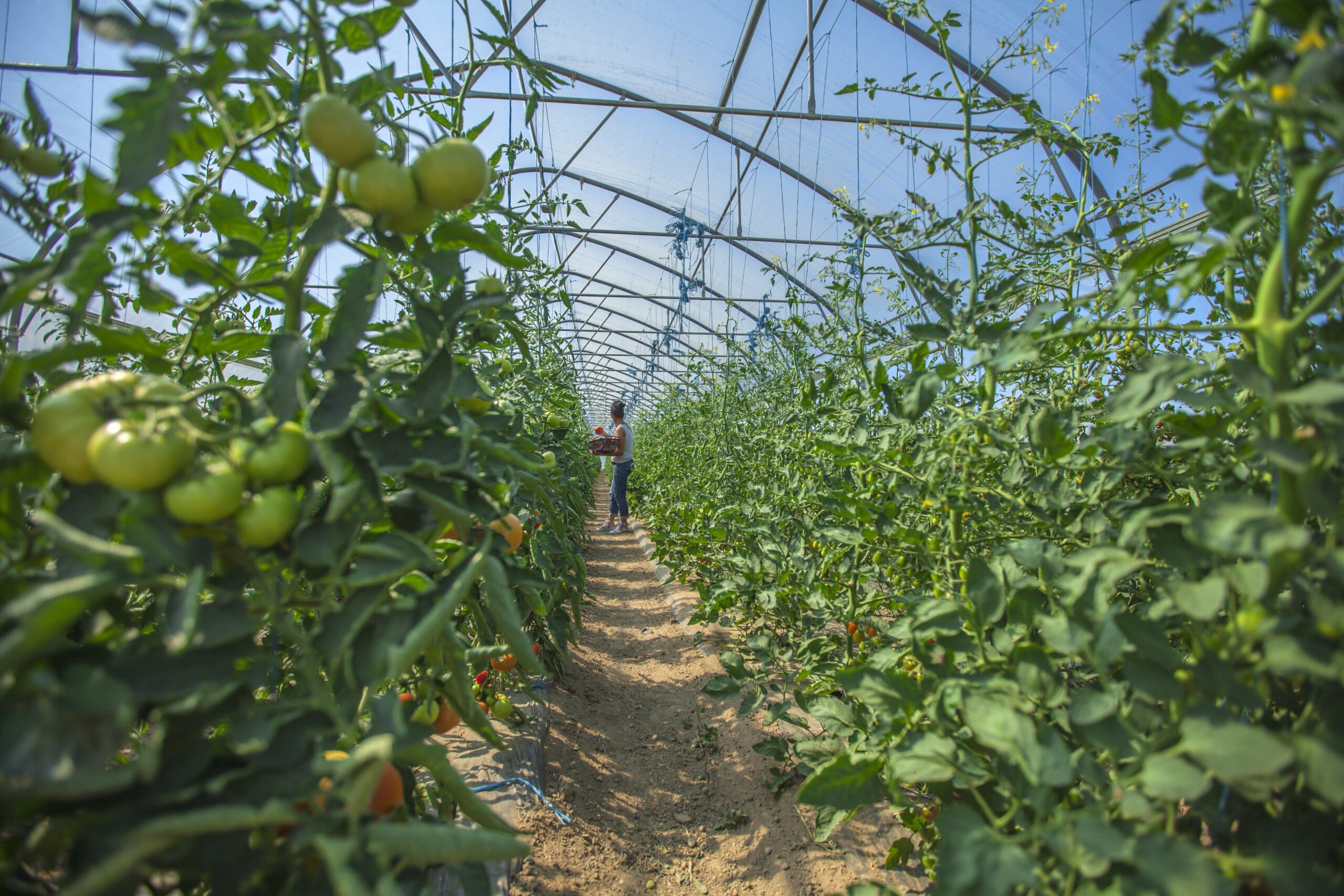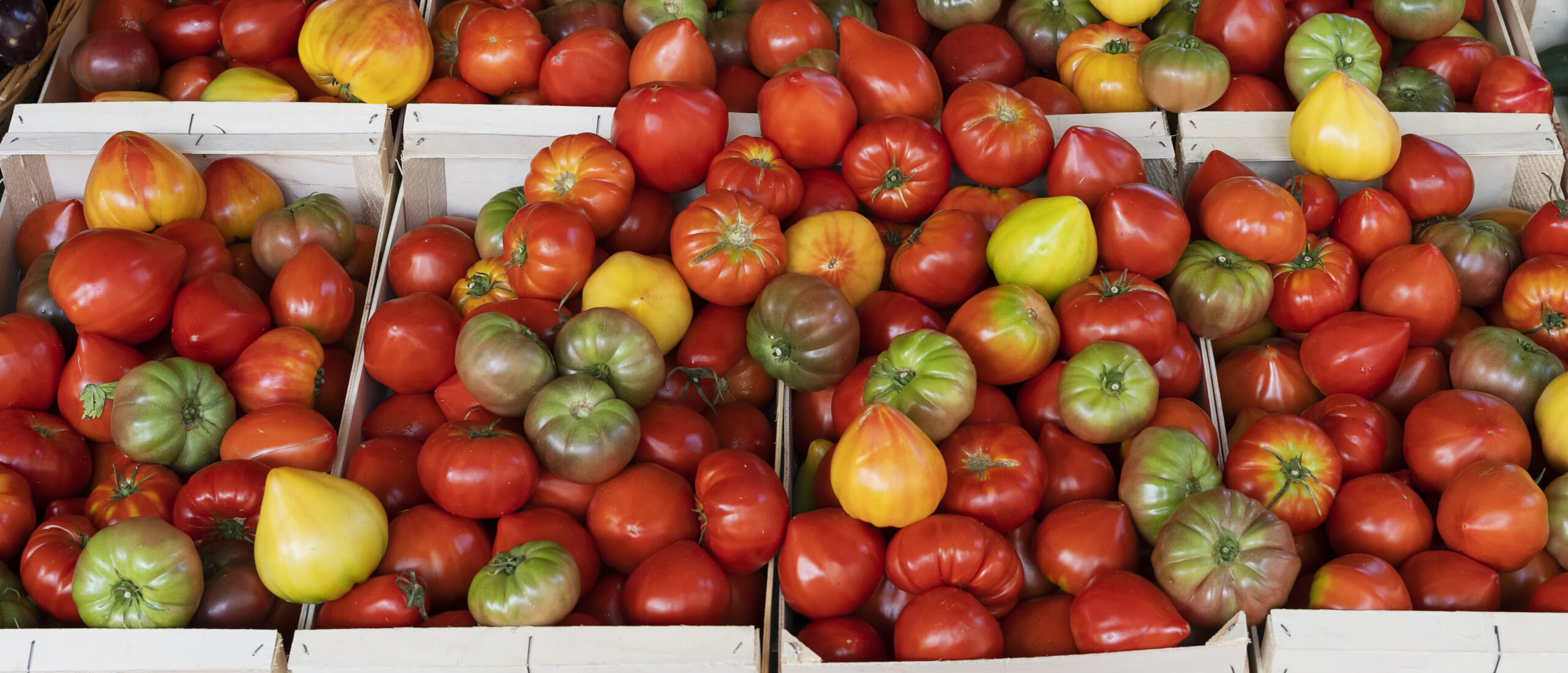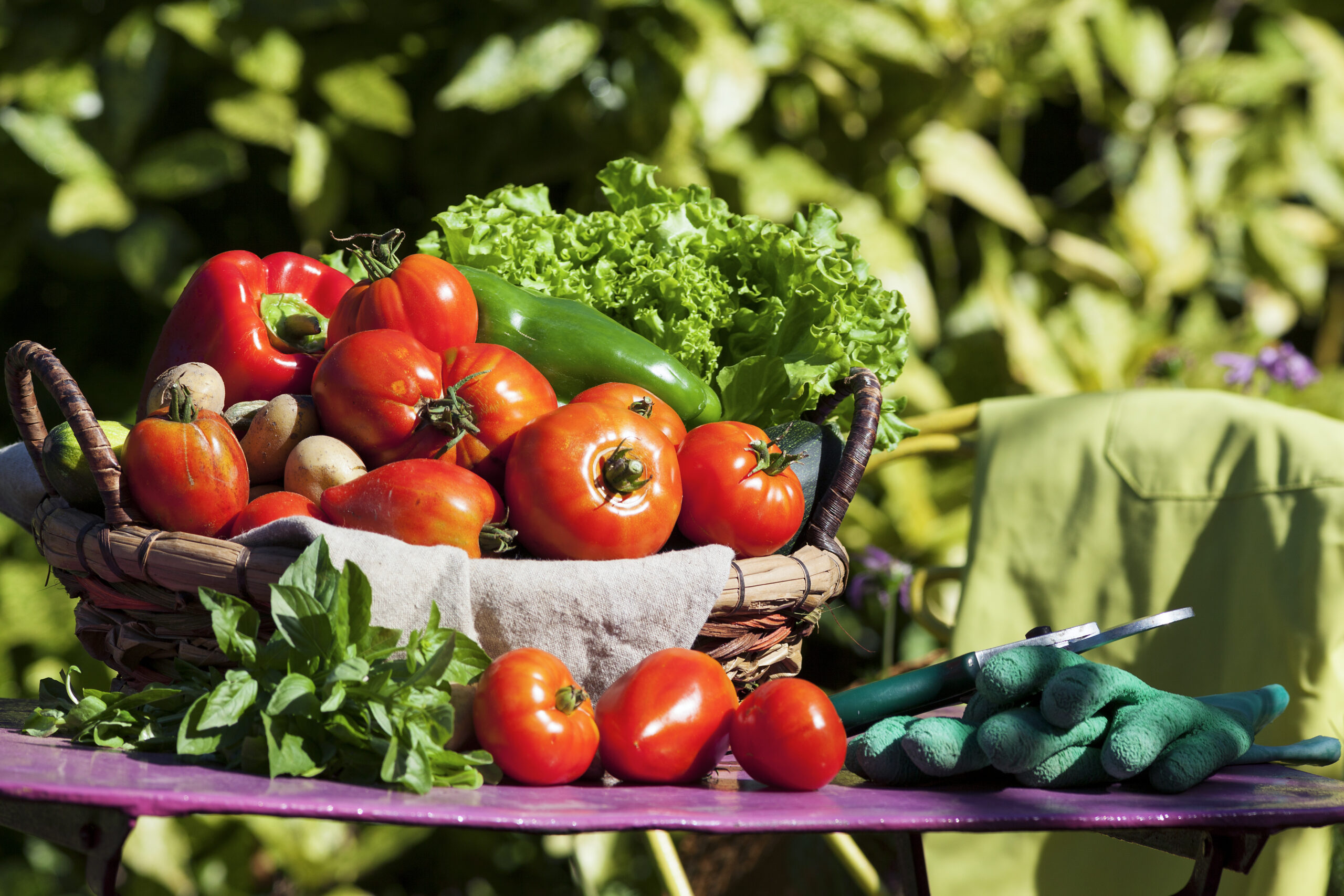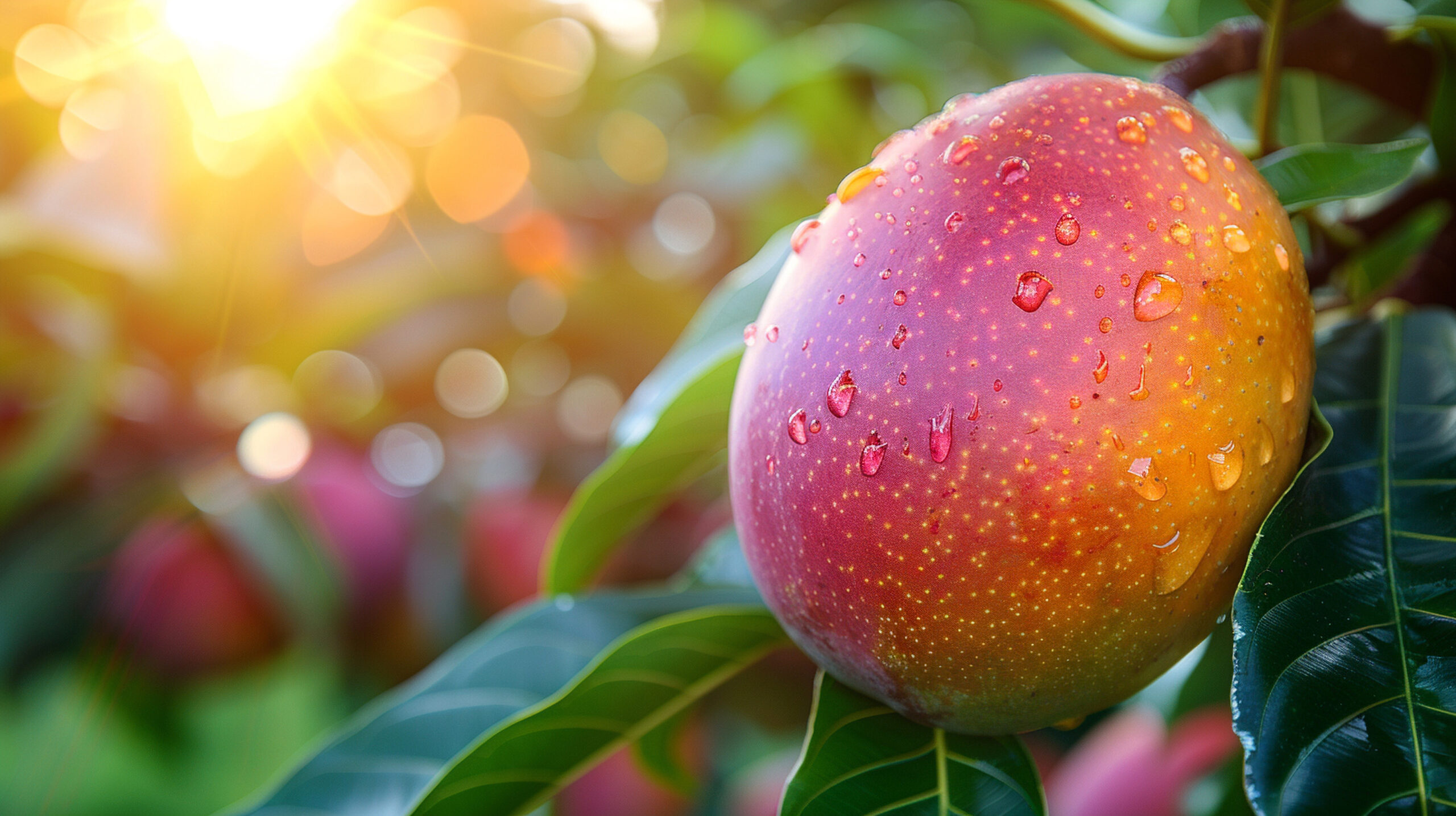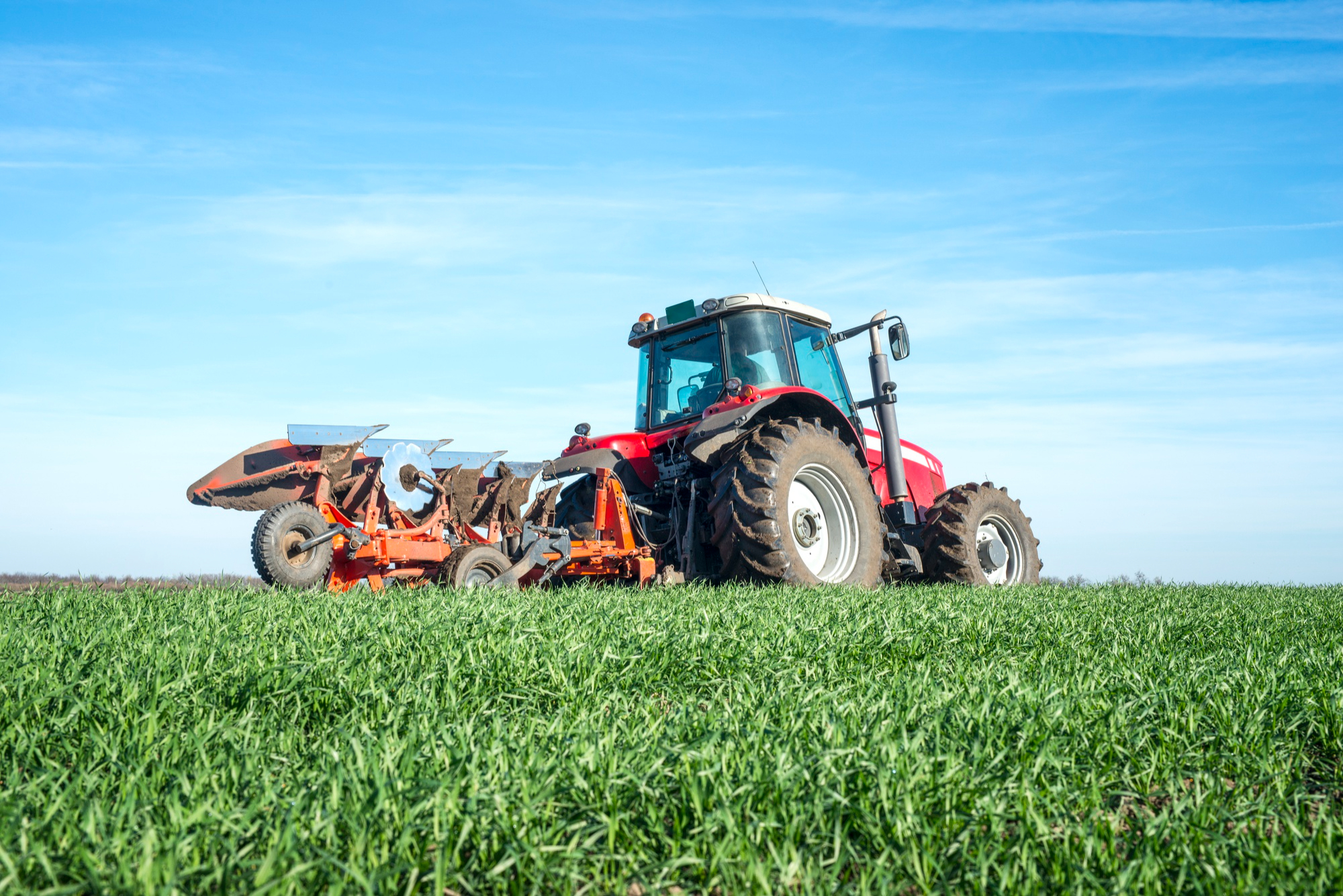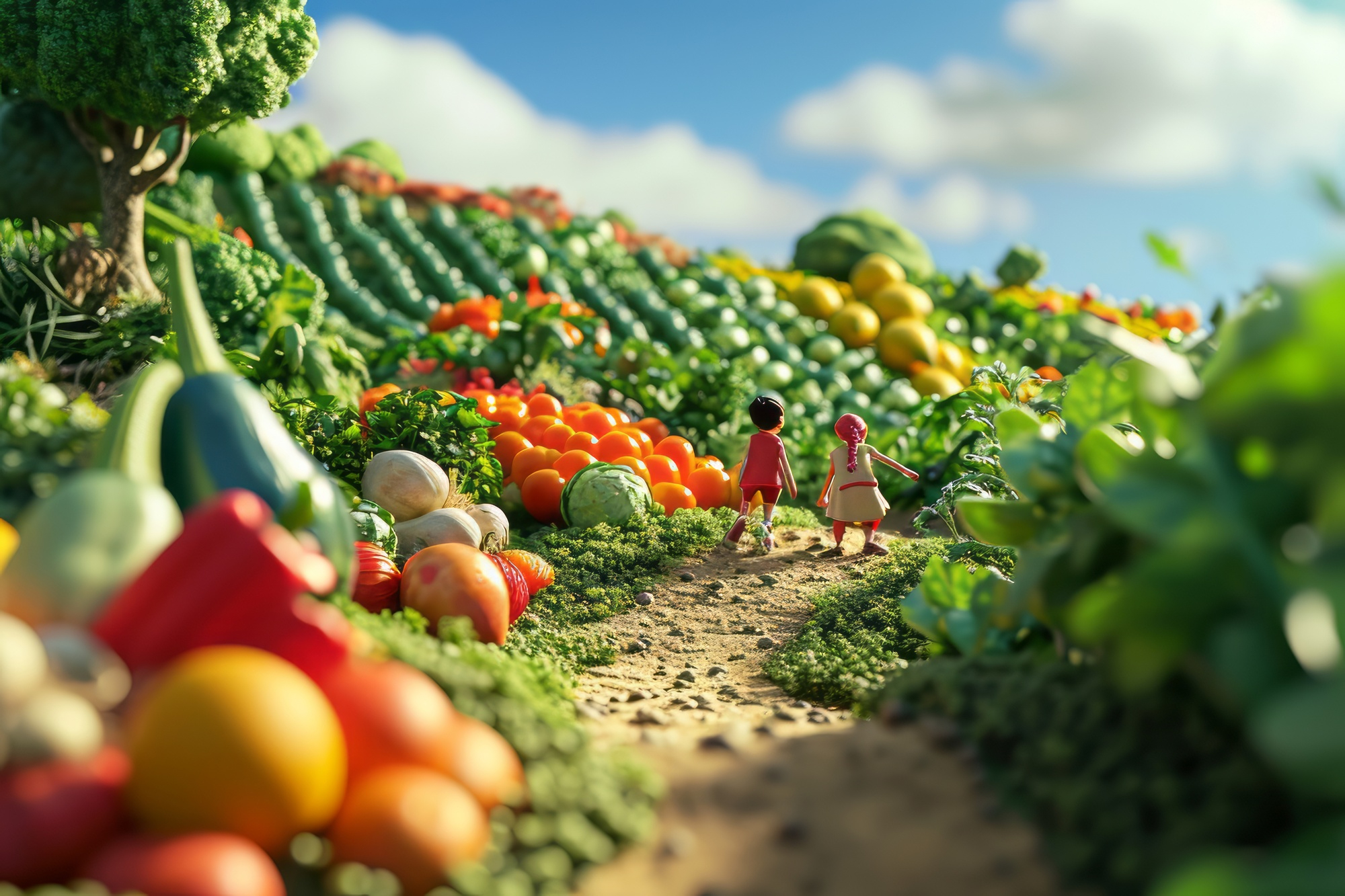Freeze-drying and air-drying remove moisture in very different ways—affecting nutrient retention, texture, color, and shelf life. Here’s how they compare.
- Freeze-dried: vacuum + low temp → better nutrients & aroma.
- Air-dried: warm airflow → affordable, but more changes to texture.
- Appearance: freeze-dried stays vibrant and light; air-dried darker/chewier.
- Use cases: snacks & premium mixes vs. cost-sensitive applications.

1) How Freeze-Drying Works
Food is frozen, then pressure is reduced so ice sublimes directly to vapor. Low temperatures protect heat-sensitive nutrients and preserve cellular structure.
2) How Air-Drying Works
Warm air carries away liquid water over time. The longer heat exposure can drive oxidation and color changes, and creates a chewier texture.
Why Freeze-Dry?
Superior nutrient and aroma retention, crisp textures, rapid rehydration, and long shelf life at low final moisture.
When Air-Dry?
Lower cost for herbs, teas, or inclusions where texture is less critical and budget is key.
3) Practical Takeaways
Choose freeze-dried for premium snacks, toppings, and sensitive ingredients; choose air-dried for cost-driven products or when a chewy texture is acceptable.
Comments
Comments are saved locally on your device (demo only).

